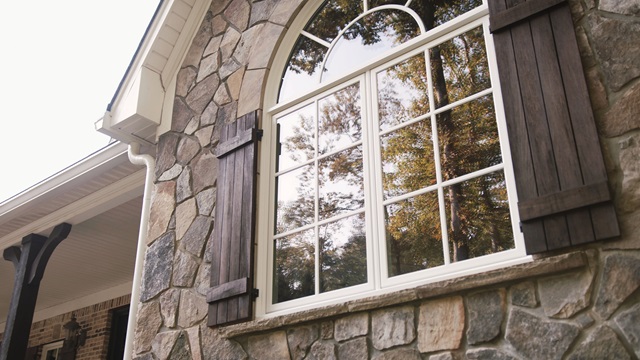If you have started looking at replacement windows in Redmond, WA then you have probably seen a few of the ratings on the energy labels. These ratings are how consumers can compare replacement windows head-to-head. Unfortunately, a lot of consumers don’t understand these labels. In fact, a lot of people get confused with R-value and U-factor. These measure heat transfer in different ways. Hopefully, this guide will help clear things up so you can make informed decisions when purchasing replacement windows.
What is the R-Value?
When they were originally developed, R-values were used exclusively for insulation but is now used to measure the thermal performance of other materials as well. A higher R-value means better thermal performance. So an R9 product insulates better than an R4 product. That said, the R-value only evaluates homogenous material. So an R-value rating on a window would only rate a specific part, like the frame or the glass, instead of the entire assembly. And it does not account for conduction, convection, and radiation. This is why the National Fenestration Rating Council (NFRC) uses the U-value on their energy labels.
What is the U-Value or U-factor?
U-value is an engineering rating. In basic terms, U=1/R, or is the mathematical reciprocal of the R-value. As R-values increase the U-value will decrease. So a lower U-value actually means better insulation and energy efficiency. But that is just the basic equation because the U-value is a bit more complex. It also accounts for energy that enters and leaves the material, both radiation and convection. It also incorporates airflow around the window. That is how the U-factor acts as a rating for the entire window assembly.
What Should I Do When Replacement Windows Reference Both Ratings?
Though the industry standard on NFRC energy labels is the U-factor, a few manufacturers have started labeling their products with R-values as well. This is because these values are a bit easier to understand. An R7 product will have better performance than an R5 product, whereas comparing U-values would be 0.14 compared to a 0.2. But still, the R-value only measures a single material or component, like just the frame or the glass. If you really want a good metric for comparison then U-value will give you a better idea of the efficiency of the entire assembly. Other useful ratings on the energy label include the Solar Heat Gain Coefficient (SHGC), Visible Transmittance (VT), and the Air Leakage (AL) ratings. These combine to tell you exactly the type of product you are getting and the type of energy performance you can expect.
If you are looking for more advice on energy labels or want to compare replacement windows in Redmond, WA contact the experts at Signature Window & Door Replacement. We have over 30 years in the industry. We can help you select the best products for the local climate. That way you will know you are always getting the best products made to last.






